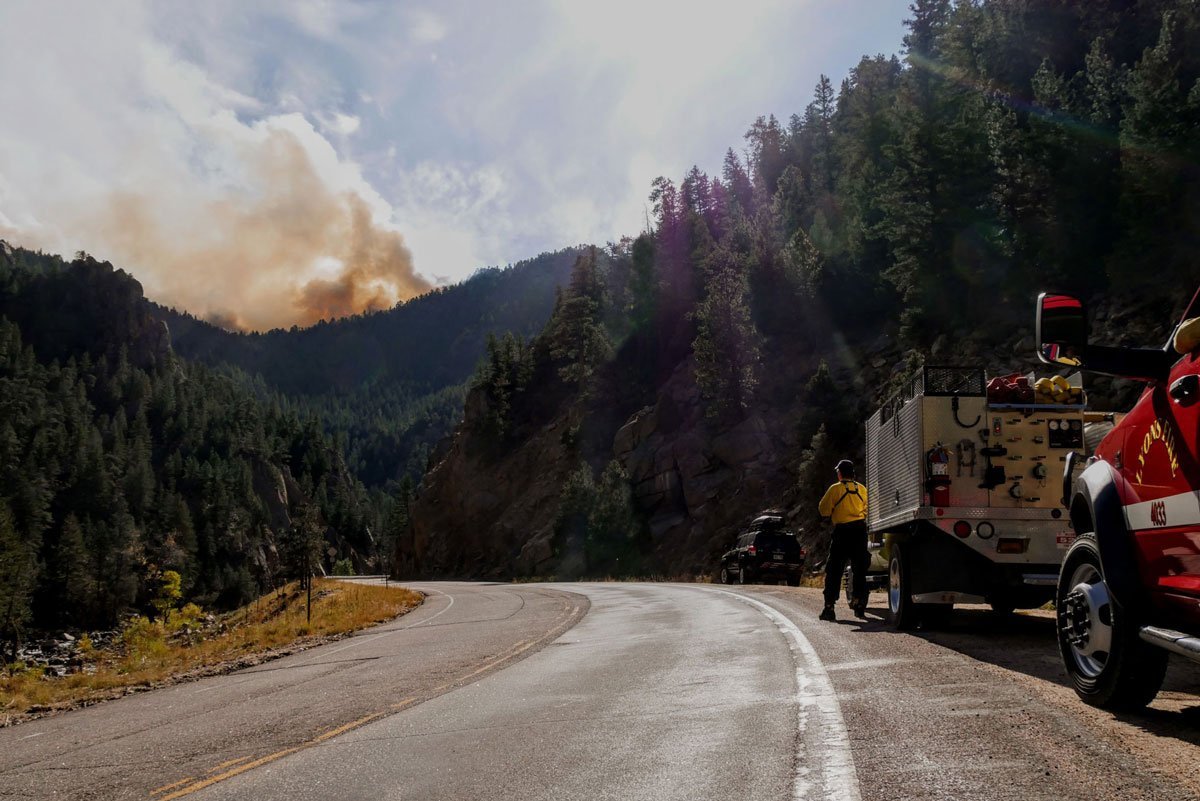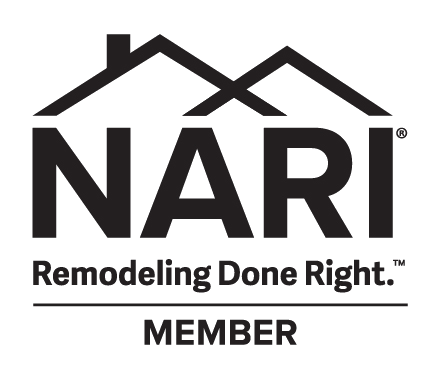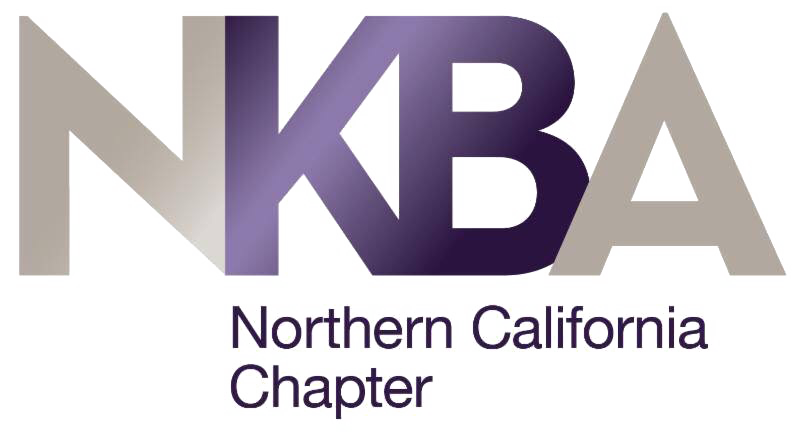It’s Time to Prepare for Wildfire Season
For over 35 years, Harrell Design + Build has been diligent about safety at the job site. We go above and beyond to ensure the health and wellbeing of our employees, trade specialists, and clients. This doesn’t end when we pack up our tools once the project is complete…. our concern for our clients’ wellbeing continues long after our work is done.
As fire season is fast approaching, it becomes vital for every family to be informed and prepared. To give the best guidance available, we’ve leveraged many expert resources to provide guidelines, checklists, and plans to help you put a plan in place for your home and your loved ones.

Prepare Your Home
A combination of defensible space and home hardening is the best defense against wildfire.
Defensible Space
Defensible space is the 100-foot buffer you create surrounding your home by removing dead plants, grass, and weeds. This cushion is designed to keep flames from getting close to your residence.
A home’s defensible space has two zones that entail vertical and horizontal spacing. One is the first 30 feet around a home, including well-tended fire-resistant landscaping, roof and gutters clear of debris, and removing all dead or highly flammable organic materials.
The second zone is the second 70 feet, which entails removing all leaves and organic debris on the ground, creating space between trees and shrubs, and tree limbs trimmed to at least six feet above the ground.
Learn more about creating a defensible space around your home by watching this CAL Fire video.
Hardening Your Home
Embers from a nearby fire can travel over a mile, starting new fires that destroy homes and property. Fire-resistant construction materials can minimize your home from catching fire by lessening weak spots in the construction that allow flying embers to ignite.
There are many ways to prepare your home against wildfires. The main focus areas are:
- Roof: The most vulnerable part of a home. Use composition, metal, clay, or tile shingles. Clear your roof of all leaves and debris.
- Vents: Cover these access points with metal mesh.
- Eaves and soffits: Ensure eaves are boxed and protected with non-combustible material.
- Windows: Install dual-pane windows, preferably with one pane tempered glass, to reduce the possibility of breakage during a fire event.
- Walls: Use fire-resistant materials such as stucco and fiber cement wall siding on your home’s exterior.
- Decks: Decks within ten feet of a home should be built with non-combustible materials.
- Gutters: Keep gutters clear of plant debris.
- Chimney: Cover chimney and stovepipe outlets with a non-flammable metal screen.
- Garage: Have an extinguisher, shovel, rake, bucket, and hose available for a fire emergency.
- Fences: Upgrade any fencing within five feet of your home with fire-resistant material.
- Driveway and access roads: If applicable, keep ten feet of clearance on either side to allow two-way traffic. Trim trees and shrubs, ensure gates open properly, and allow for large vehicles.
- House number: Make sure your house number is visible from the road.
- Water supply: Have multiple, lengthy garden hoses that reach all areas of your property, including outbuildings. If you have a pool, invest in a pump.
The CAL FIRE website has a detailed description of how to harden each area.
This home retrofit guide is also helpful.
Be Informed
High-fire threat areas were mapped out in 2018 by PG&E, CAL FIRE, and other public safety experts. The threat map identifies areas with a high probability of a wildfire affecting people and property. Additional action may be required in these locations to decrease wildfire risk.
- Tier 3 areas are at extreme risk for wildfire
- Tier 2 areas are at elevated risk for wildfire
- Zone 1 Tier 1 High Hazard Zones are areas with high numbers of dead and dying trees
One-third of homes in the United States are in Wildland Urban Interface (WUI) areas. Defined as zones of transition between wilderness and land developed by human activity, these areas are at a greater risk of catastrophic wildfire. Santa Clara County has created an interactive map to help homeowners discern if they reside in a designated Wildland Urban Interface (WUI).
Stay Informed
There are numerous ways to stay informed during emergencies, including during wildfire season. Consider signing up for these essential alert services.
Wireless Emergency Alerts (WEA) allow public safety officials to quickly and effectively inform the public of serious emergencies.
PG&E implements Public Safety Power Shutoffs (PSPS) in response to severe weather, including high wind events which may spark and/or spread a wildfire. Sign up to receive PSPS alerts here.
Sign up for CALFire’s Ready for Wildfire App to be notified of fires near you.
PG&E also offers free Wildfire safety webinars that are free virtual gatherings that allow community members to learn more about wildfire safety and emergency preparedness.
Homeowners Insurance
Contact your insurance agent at least once per year to review your homeowner’s coverage. If you live in a high fire danger area, discuss what additional coverage you may need.
Many insurance agencies use new wildfire underwriting guidelines that rate a property’s risk of being damaged or destroyed by fire. These guidelines assess property risk based on three factors:
- Fuel: Presence of significant trees, grass, and dense brush
- Slope: The steeper the slope of a property, the higher the risk of increased wildfire speed and intensity
- Access: Remote or hard-to-reach properties
Take photos and videos of each room of your home, including the contents of closets, cabinets, and drawers. Upload these visual documents to cloud storage, where you can access them if you need to file an insurance claim.
Click here for CAL FIRE’s information and resources on insurance and home inventories.
Create a Wildfire Action Plan
Having an emergency preparedness plan in place before you need it is crucial. Every family’s plan will vary depending upon unique situations, needs, and issues. Take this short survey to find out recommended actions for your personal wildfire action plan.
Every action plan should address the following:
- A designated meeting location outside the hazard zone.
- An outline and practice escape routes to the meeting location.
- An evacuation plan for pets and large animals.
- A family communication plan that designates an out-of-area individual as the single point of contact for all family members.
Other necessary action plan preparation includes:
- Having fire extinguishers on hand and training family members on how to use them.
- Knowing the location of gas, electric, and water main shut-offs and how to shut each off safely in an emergency.
- Already-assembled emergency supply kits for each person (have extras in each vehicle). Here is another helpful list for building and maintaining supply kits.
- Keeping a flashlight and sturdy pair of shoes near your bed in the event you need to evacuate in the middle of the night.
For more emergency planning preparation guidelines and checklists, visit Ready.gov.
Pre-Evacuation Checklist
If you receive notification to be on evacuation standby, there are things you can do in and outside of your home to give it the best possible chance of withstanding a wildfire.
Follow this pre-evacuation checklist only if time allows and you and your family are not in imminent danger.
In advance of any evacuation warning, review your wildfire action plan, including escape routes, meeting points, and your family communication plan. Monitor wildfires in your area and stay up-to-date on your community’s emergency response plan, evacuation orders, and emergency shelter locations.
Have your emergency kits stocked and ready to go, along with a list of essential and irreplaceable items. Locate pets in advance and gather their necessary food, medication, crates, etc.
During an Evacuation
Wondering when you should evacuate? It is always better to leave sooner rather than later. Watch this CAL FIRE video to learn more.
If you evacuate, be sure to dress appropriately in long pants, a long-sleeve shirt, and sturdy footwear. Bring a hat or cap and sunglasses. The proper attire will protect you against heat, smoke, and flying embers.
During an evacuation, remember the six Ps:
- People and pets
- Papers, phone numbers, important documents
- Prescriptions, vitamins, eyeglasses
- Pictures and irreplaceable memorabilia
- Personal computer hard drive, USB sticks
- “Plastic” (credit cards, ATM cards) and cash
Wildfire Resources
Take time to fully explore these online wildfire and emergency preparation resources. There are also numerous smartphone apps that can help you remain informed and provide on-the-go advice.
PG&E
CAL FIRE
- Wildfire preparation
- CAL FIRE TV YouTube Channel
- Red flag and fire weather watches
- Wildfire incidents for 2021
Ready.gov
American Red Cross
National Fire Protection Association
CDC
National Weather Service
FEMA
Wildfire Community Resources
Woman Founded and 100% Employee-Owned, Harrell Design + Build has created distinctive homes in Silicon Valley and on the mid-Peninsula since 1985. Our Design + Build Team is here to help you reimagine your home inside and out.





